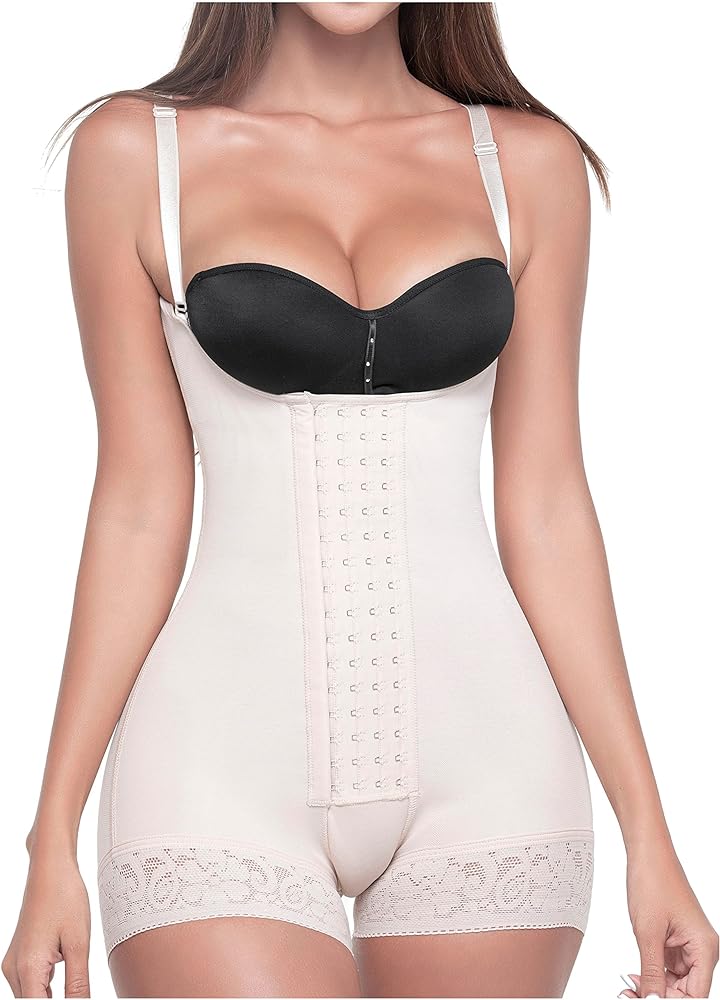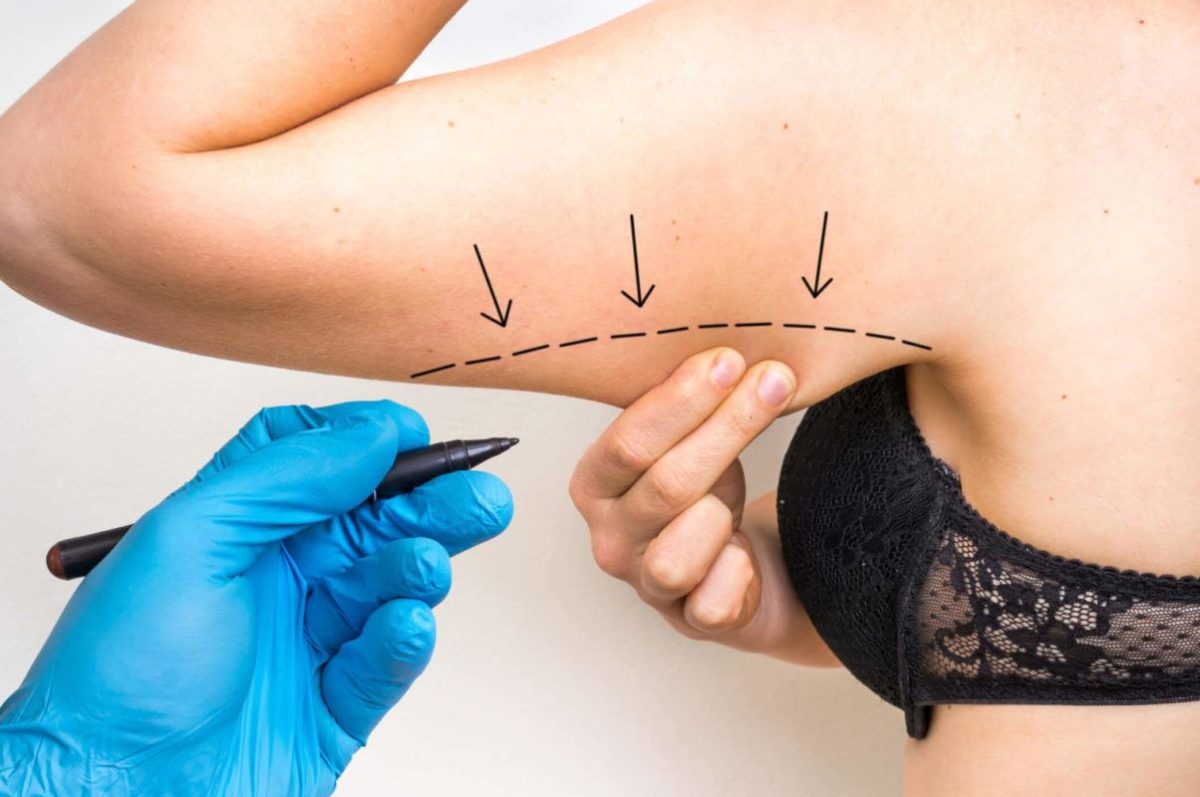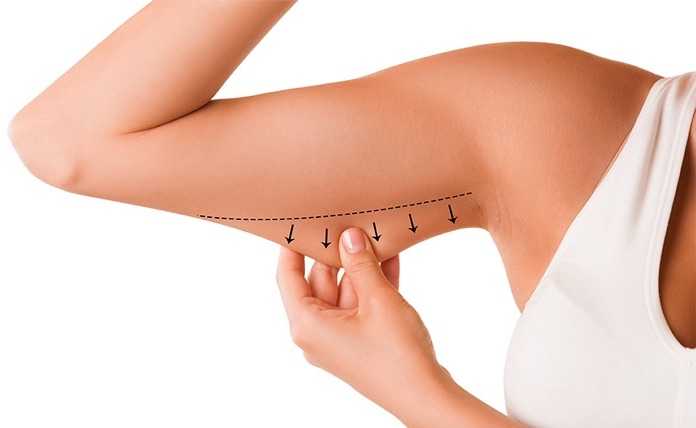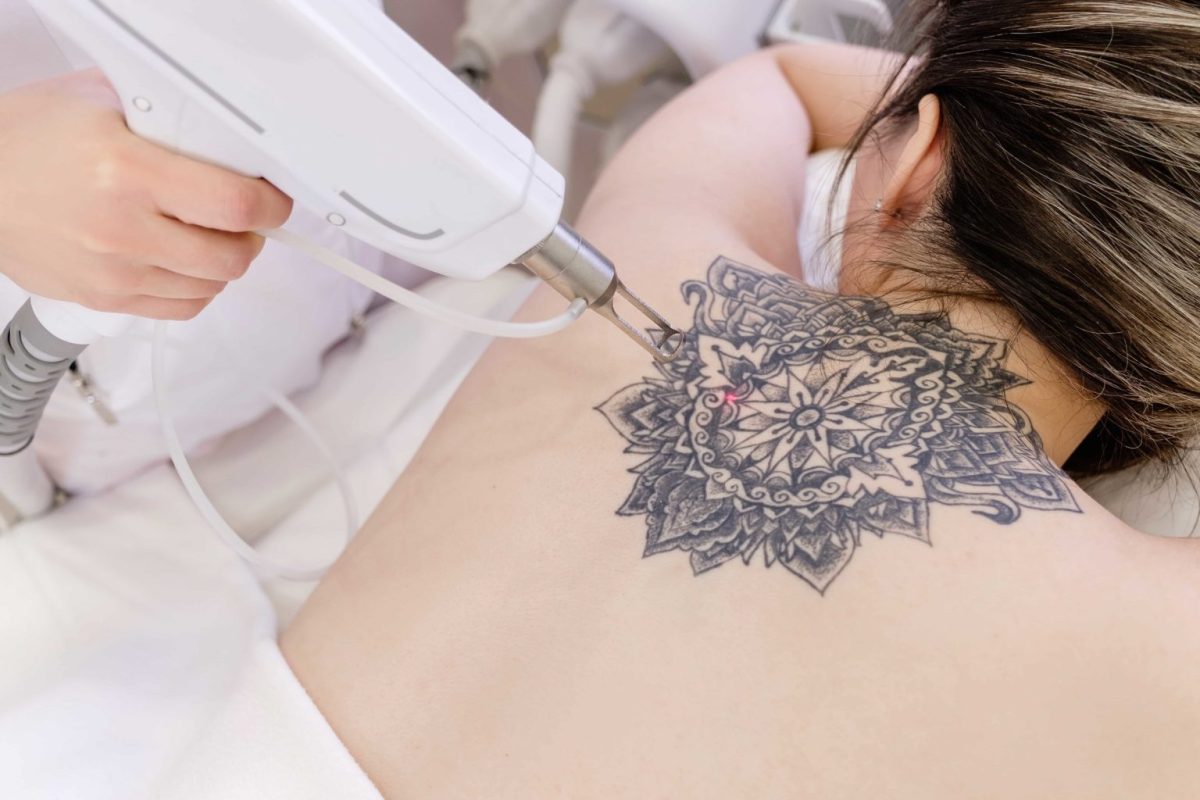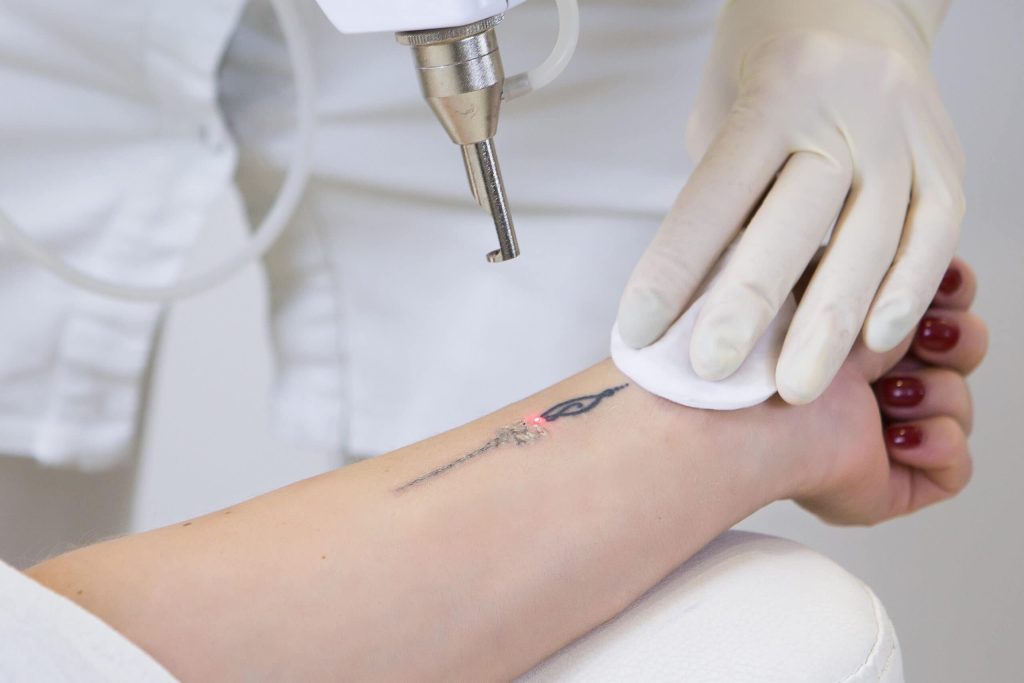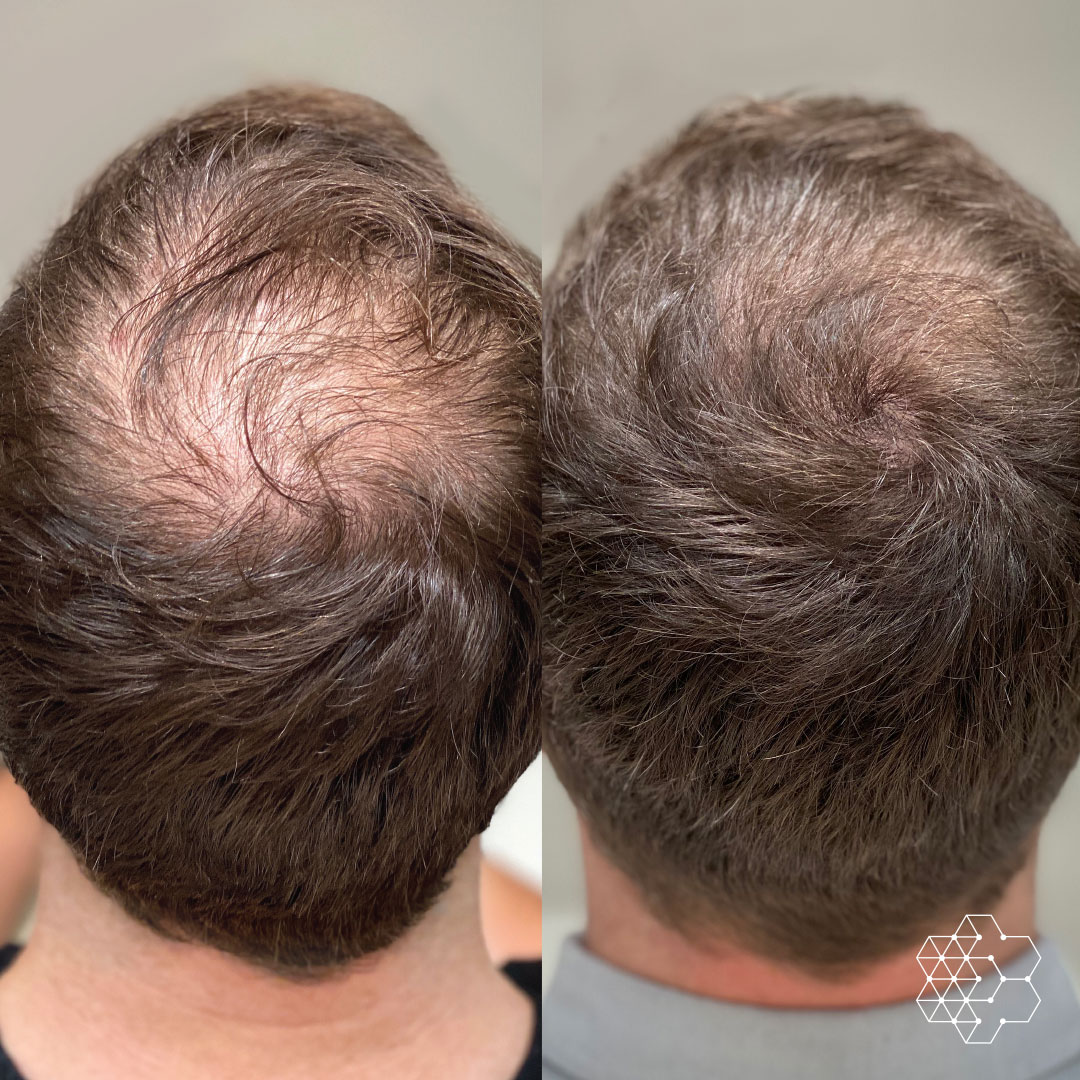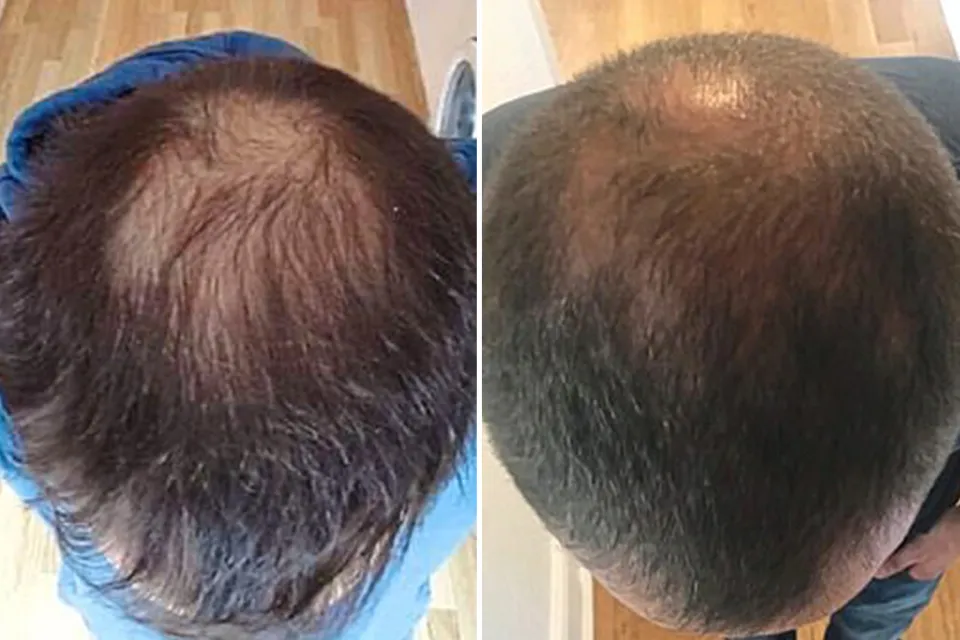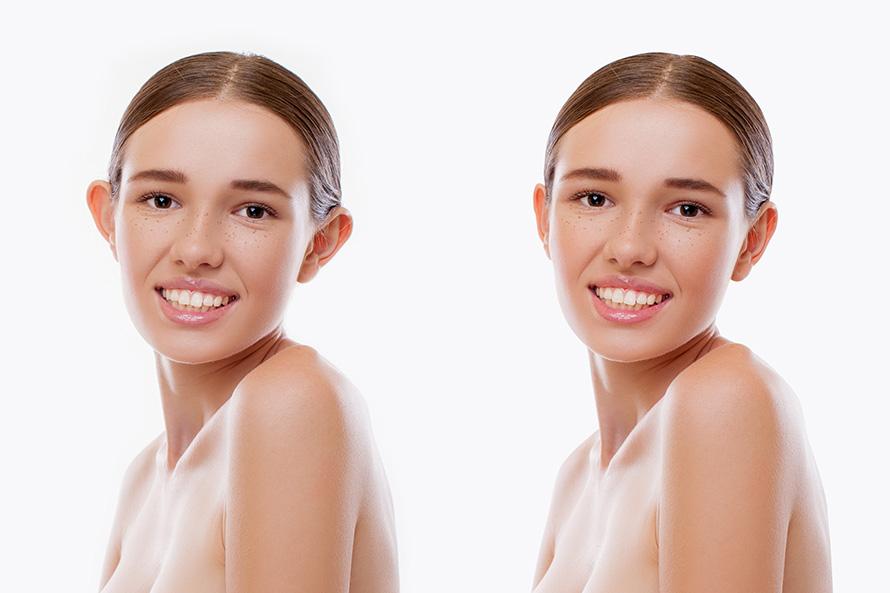Identifying Reasons for Revision
Size Dissatisfaction
Patients often seek cosmetic surgery for breast implant revisions due to dissatisfaction with their initial implant size, primarily for cosmetic concerns under the guidance of a plastic surgeon specializing in aesthetic plastic surgery. They may find their breast augmentation implants too large or too small for their liking, leading them to consider breast augmentation revision surgery with a plastic surgeon specializing in cosmetic breast surgery. This realization may lead to discomfort, a lack of confidence, and cosmetic concerns, especially in women, while also raising questions about patient safety. Choosing the right size is crucial for patient satisfaction in aesthetic surgery, making it a common reason for seeking a specialist after a plastic surgery symposium, particularly for breast augmentation revision surgery or implant revision surgery.
Shape Concerns
Another reason involves concerns over the shape of the implants, which may lead to breast augmentation revision surgery, often discussed at a plastic surgery symposium focused on aesthetic surgery. Some patients may experience shifting or asymmetry, which can affect the overall appearance of the breasts, a topic often discussed at plastic surgery symposiums and managed through implant revision surgery. This issue might not be noticeable immediately after surgery but becomes apparent over time and may require management.
Health Complications
Complications from previous surgeries are significant reasons for revision. Problems like implant rupture or capsular contracture, where scar tissue tightly wraps around the implant, causing pain and distortion, prompt many to seek correction. These conditions not only affect appearance but can also pose health risks.
Long-Term Changes
Breasts naturally change over time due to aging, weight fluctuations, and hormonal changes. These factors may alter the appearance of breast implants, leading to a desire for revision surgery and management. Addressing long-term changes, which may involve plastic surgery or management, is essential for maintaining both appearance and comfort.
Implant Type Change
Individuals may wish to change their implant type through plastic surgery, whether for aesthetic reasons or due to concerns about the management of their current implants’ safety. Switching from saline to silicone or vice versa in plastic surgery may require a skilled specialist’s intervention.
Exploring Revision Surgery Options
Surgical Techniques
Breast augmentation revision surgery may offer multiple pathways for addressing cosmetic concerns and enhancing patient satisfaction. Implant replacement, a common approach in plastic surgery, stands out as it may allow individuals to adjust size, shape, or type of implant. This plastic surgery procedure may involve switching from saline to silicone implants or vice versa, depending on the desired outcome and previous complications. Another option in plastic surgery is implant removal, which might be chosen due to health issues, lifestyle changes, or a preference for a more natural look. Surgeons carefully craft a plastic surgery plan that minimizes scar tissue impact and optimizes breast tissue health.
Choosing between saline and silicone implants for plastic surgery involves weighing their unique benefits and drawbacks. Saline implants, used in plastic surgery, are praised for their safety profile; if they rupture, the body easily absorbs the saline solution. However, some find them less natural-feeling than silicone options. Silicone implants offer a more natural texture but require regular monitoring to ensure integrity, given the risks associated with silent ruptures.
Complementary Procedures
To achieve the best aesthetic results, plastic surgeons often recommend complementary procedures alongside implant revision surgery. A breast lift can address sagging and improve contour, particularly after implant removal or when downsizing. This combination not only enhances the breast’s appearance but also contributes to a more youthful profile.
Customizing Your Revision Procedure
Tailored Approach
A tailored approach is crucial for breast implant revision. It considers the patient’s anatomy, past surgeries, and desired outcomes. This personalization ensures the procedure aligns with individual needs.
Surgeons must understand each patient’s unique situation. They evaluate previous surgeries and current anatomy to plan effectively. This process guarantees that the revision meets the patient’s expectations, leading to higher satisfaction rates.
Advanced Materials
The use of advanced materials like AlloDerm and Strattice tissue matrix is a game-changer. These products help customize surgical plans, offering better support and integration with the body.
AlloDerm and Strattice provide a foundation for new tissue growth. They are essential in revisions where extra support is needed. Their integration with the body’s tissues helps achieve more natural outcomes.
Fat Transfer
Fat transfer can correct irregularities and enhance natural appearance. It’s a versatile tool in breast implant revisions.
This technique involves transferring fat from one part of the body to the breast area. It fills gaps or irregularities left by previous implants. Fat transfer results in a smoother, more natural look, making it a popular choice among patients seeking refinement without additional implants.
Selecting a Revision Specialist
Expertise Matters
Choosing the right breast implant revision specialist is crucial. It’s not just about finding any surgeon but selecting one with specific expertise in breast augmentation revision. Surgeons like Dr. Jay Orringer stand out due to their extensive experience, spanning over thirty years in this field. This level of expertise ensures that they have encountered and successfully managed a wide range of revision scenarios.
Patients should prioritize surgeons who have dedicated a significant portion of their practice to breast augmentation revisions. Their focused experience means they’re more likely to anticipate and adeptly handle complex issues that might arise during your procedure.
Board Certification
Selecting a double board-certified surgeon adds an extra layer of assurance for patients. Double board certification indicates that the surgeon has met rigorous standards in general surgery and specifically in plastic surgery, including breast augmentation revision.
A surgeon’s credentials serve as a testament to their commitment to excellence in their field. Patients can feel confident knowing their chosen specialist possesses both the knowledge and skill set necessary for successful outcomes.
Research and Testimonials
Before making a decision, it’s advisable to research past revision cases handled by the surgeon. Looking at before-and-after photos provides insight into the surgeon’s ability to achieve various aesthetic goals.
Reading patient testimonials offers valuable perspectives on their experiences with the surgeon’s care, from consultation through recovery. Positive feedback from individuals who were good candidates for breast augmentation revision can significantly influence your choice of specialist.
Enhancing Revision Results
Comprehensive Approach
For many women, combining breast revision surgery with other procedures offers more comprehensive results. They might choose to address sagging or asymmetry alongside their revision. This holistic approach can lead to significant changes in their appearance and self-esteem.
A double board-certified specialist understands the nuances of combining surgeries. They ensure that the work done harmonizes with the patient’s overall physique for a natural look.
Lifestyle Support
Post-surgery care is crucial for maintaining results. Patients should follow a healthy lifestyle to support their recovery and enhance the outcomes. Regular exercise, a balanced diet, and avoiding smoking can prevent complications like bruising or additional sagging.
Surgeons often provide specific guidelines tailored to each patient’s situation. Following these closely helps in achieving the best possible results and may reduce the need for future revisions.
Communication Key
Successful management strategies start with open communication between the surgeon and patient. Setting realistic expectations is essential for satisfaction with the outcome.
Experienced surgeons spend time discussing potential results, addressing concerns, and ensuring patients understand every aspect of their recovery journey. This support fosters trust and confidence throughout the process.
Understanding the Revision Process
Consultation Overview
During the initial consultation, patients can expect a thorough discussion about their goals and reasons for seeking a revision. The specialist will conduct an examination to assess the current state of the breast implants and discuss possible outcomes. Surgical planning is crucial at this stage. It involves selecting the right approach to meet the patient’s expectations while ensuring safety and effectiveness.
Patients should prepare to discuss their medical history and any issues they’ve experienced with their current implants. This conversation helps in crafting a personalized surgical plan.
Surgery Steps
The revision surgery process begins long before the day of surgery. Pre-operative preparations include health evaluations and discussions about anesthesia options. On the day of surgery, patients undergo the procedure, which might vary in complexity based on their specific needs.
Post-operative care is critical for a successful recovery. Patients receive instructions on how to care for incisions, manage pain, and when to resume normal activities.
Unique Challenges
Revision surgeries present unique challenges not typically encountered during initial breast augmentations. They require a higher level of skill due to scar tissue, changes in breast tissue, and other factors related to previous surgeries.
These complexities often mean that revision procedures are more intricate and time-consuming. Choosing a specialist with extensive experience in breast implant revision is essential for addressing these challenges effectively.
Recovery and Result Expectations
Recovery Timeline
Patients should understand that recovery times vary. It largely depends on the complexity of the breast implant revision. Some may feel better in a few weeks, while others need months.
A detailed treatment plan is crucial. It ensures patient safety and sets clear recovery expectations. Following your surgeon’s advice closely can speed up healing.

Post-Operative Care
After surgery, adhering to post-operative instructions is key for a smooth recovery. This often includes wearing support garments, managing pain with prescribed medication, and avoiding strenuous activities.
Regular follow-ups are part of ensuring everything is on track. They allow your surgeon to monitor healing and address any concerns promptly.
Long-Term Results
Understanding what to expect in the long run is important. While breast implant revisions aim to correct issues from previous surgeries, it’s vital to have realistic expectations about the results.
The goal is always patient satisfaction and meeting standards set by entities like the ASPS (American Society of Plastic Surgeons). However, some patients might need future revisions due to natural aging or other factors.
Scheduling Your Specialist Consultation
Initial Steps
Taking the first step towards improved outcomes involves scheduling a consultation with a breast implant revision specialist. This meeting is crucial for discussing personal concerns and exploring available options. It allows patients to voice their unique situation, including any issues with swelling, discomfort, or dissatisfaction from previous surgeries.
Patients should prepare by listing questions and gathering any relevant medical records or images. This preparation ensures a focused and productive discussion.
Specialist Selection
Choosing the right specialist is paramount. Look for someone with extensive experience in breast implant revisions. They should be well-versed in the latest techniques and ASPS management guidelines. Their approach must prioritize personalized care, acknowledging that each patient’s age, health status, and aesthetic goals differ.
A good specialist will outline a clear plan during the consultation. They’ll explain how they intend to address your concerns and what you can expect during recovery. This plan will consider your unique needs and aim for the best possible results.
Questions Preparation
Arrive at your consultation ready with questions. Inquire about the surgeon’s experience, the risks involved, and how they handle complications. Ask about recovery time and any necessary follow-up appointments. Being informed helps manage expectations and contributes to a smoother recovery process.
Final Remarks
Breast implant revision is a journey tailored to your specific needs, from identifying the reasons for revision to enhancing the results. You’ve learned about customizing your procedure, choosing the right specialist, and what to expect during recovery. This knowledge empowers you to make informed decisions, ensuring your journey leads to satisfaction and confidence in your appearance. Remember, selecting a skilled breast implant revision specialist is crucial for achieving the best outcomes.
Ready to take the next step? Schedule your consultation with a top breast implant revision specialist today. It’s time to reclaim your confidence and love your look again. Let’s embark on this journey together, with expert care guiding you every step of the way.
Frequently Asked Questions
What are common reasons for breast implant revision?
Breast implant revisions are often pursued due to complications like capsular contracture, implant rupture, or dissatisfaction with size and aesthetic outcomes. Addressing these issues can significantly improve comfort and appearance.
How do I choose the right specialist for my breast implant revision?
Select a board-certified plastic surgeon with extensive experience in breast revision surgeries. Look for someone who listens to your concerns, discusses options clearly, and showcases a portfolio of successful revisions.
What are the different options for breast implant revision surgery?
Options include implant removal, replacement, resizing, or adjusting position. Surgeons may also recommend addressing scar tissue or combining procedures like a breast lift for optimal results.
Can the procedure be customized to my specific needs?
Absolutely. A skilled surgeon will tailor the revision surgery to address your unique concerns and goals, ensuring the outcome aligns with your desired look and feel.
What improvements can I expect from a breast implant revision?
Patients often report enhanced comfort, satisfaction with breast shape and size, and an overall boost in confidence post-revision. The specific improvements depend on the individual’s goals and the nature of their initial concerns.
How long is the recovery after a breast implant revision?
Recovery varies but generally involves 1-2 weeks of reduced activity. Most patients can resume normal activities within 6 weeks. Your surgeon will provide detailed post-operative care instructions to support a smooth recovery.
When should I schedule a consultation for breast implant revision?
If you’re experiencing discomfort, dissatisfaction with your implants’ appearance, or any complications, it’s advisable to consult with a specialist as soon as possible to explore your options and plan the next steps.





